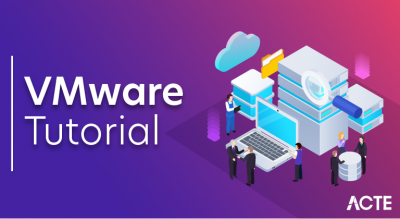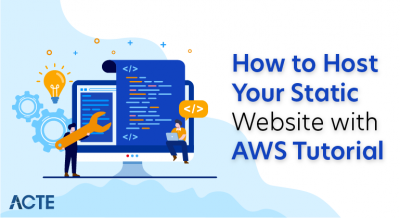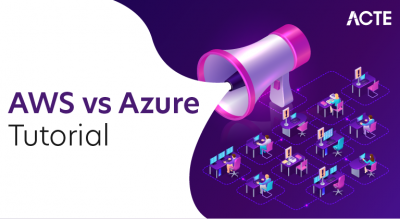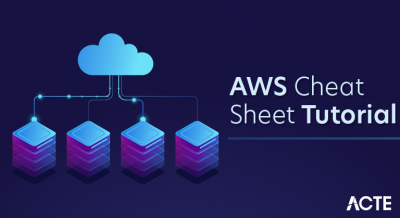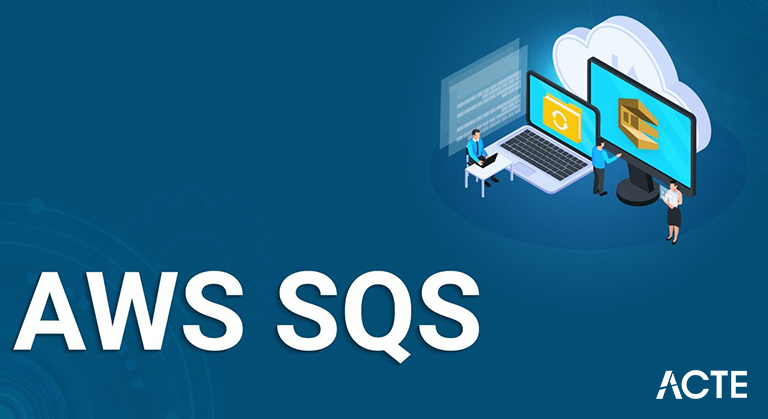
- Introduction to AWS SQS
- What is AWS SQS
- Setting up Amazon SQS
- Configuring Amazon SQS queues (console)
- Basic Amazon SQS architecture
- Features of Amazon SQS
- Benefits of using Amazon SQS
- Distinctions between Amazon SQS, Amazon MQ, and Amazon SNS
- Pricing for Amazon SQS
- Conclusion
- Amazon SQS may be a message queue employed by the processes to speak with one another and perform the operations.
- SQS supports both sorts of queues – standard (unordered) and FIFO (ordered).
- Amazon Simple Queue Service automatically deletes the messages once the utmost message retention period is over. By default, the retention period is 4 days.
- Using the SetQueueAttributes action, a user can set the message retention time to a worth from 1 Minute to 14 days.
- Amazon SQS may be a distributed queue system that permits applications to queue messages that are generated by one component and consumed by another component. SQS acts as a short-lived repository for messages and is employed in situations where the messages are produced at a better rate but get processed at a lower rate.
- There are three parts to the SQS messaging system – components of a distributed system, a queue, and messages within the queue. From the given image, you’ll see that a system consists of the many producers (components that generate messages and send them to the queue) and consumers (components that retrieve messages from the queue and process them). Stay tuned with the AWS SQS tutorial to find out more concepts of SQS.
- Component 1 developed message A and shipped it to the queue. The news gets distributed among the SQS servers.
- After that, part 2 finishes the message A and processes it. Once the message is accepted by some component, SQS sets a visibility timeout to stop other components from receiving and processing the message. The default visibility time is 30 seconds, the minimum is 0 seconds and therefore the maximum is 12 hours.
- Then, component 2 deletes message A from the queue in the order that it doesn’t process it again after the visibility timeout expires. See the below-given image to know the concept more clearly.
- To access any AWS service, you initially got to create an AWS account, an Amazon.com account that will use AWS products. you’ll use your AWS account to look at your activity and usage reports and to manage authentication and access.
- To avoid using your AWS account root user for Amazon SQS actions, it’s a best practice to make an IAM user for everyone that needs administrative access to Amazon SQS.
- To set up a replacement account
- Open https://portal.aws.amazon.com/billing/signup.
- Follow the web instructions.
- Part of the sign-up procedure involves receiving a call and entering a verification code on the phone keypad.
- To make an official user for yourself and add the user to an officers group (console)
- Sign in to the IAM console because the account owner by choosing Root user and entering your AWS account email address. On the subsequent page, enter your password.
- In the navigation pane, choose Users then choose Add user.
- For the User name, enter Administrator.
- Choose the review box next to AWS Management Console credentials. Then select Custom password, then enter your new password within the text box.
- (Optional) By default, AWS requires the new user to make a replacement password when first signing in. you’ll clear the check box next to User must create a replacement password at the next sign-in to permit the new user to reset their password after they check-in.
- Choose Next: Permissions.
- Under Set permissions, choose to add a user to the group.
- Choose Create group.
- In the Create group panel, for Group name enter Administrators.
- Choose Filter policies, then select AWS managed – job function to filter the table contents.
- In the procedure list, choose the review box for AdministratorAccess. Then choose Create group.
- Back within the list of groups, select the check box for your new group. Choose Refresh if necessary to ascertain the group within the list.
- Choose Next: Tags.
- (Optional) Count metadata to the user by connecting tags as key-value pairs. For more information about using tags in IAM, see Tagging IAM entities within the IAM User Guide.
- Choose Next: Review to ascertain the list of group memberships to be added to the new user. once you can proceed, choose to Create user.
- To utilize Amazon SQS activities (for example, utilizing Java or through the AWS instruction Interface), you would like an entry key ID and a secret access key.
- To make access legends for an IAM user.
- Sign in to the AWS Management Console and open the IAM console at https://console.aws.amazon.com/iam/.
- In the navigation pane, choose Users.
- Choose the name of the user whose access keys you would like to make, then choose the safety credentials tab.
- In the Key legends team, choose the Complete access key.
- Understanding the Amazon SQS console. When you unlock the console, select Queues from the navigation pane to show the Queues page. The Queues page supplies details about all of your queues within the dynamic region.
- The entry for every queue shows the queue type and other information about the queue. the sort column helps you distinguish standard queues from First-In-First-Out (FIFO) queues at a look.
- From the Queues carrier, there are two methods to perform activities on a queue. You’ll select the option next to the queue name then select the action you would like to serve on the queue.
- You can also choose the queue name, which opens the small print page for the queue. the small print page includes equivalent actions because of the Queues page. additionally, you’ll choose one among the tabs below the small print section to look at additional configuration details and actions.
- There are three major parts during a distributed messaging system: the components of your spread system, your queue (distributed on Amazon SQS servers), and therefore the news within the queue.
- In the subsequent scenario, your design has several producers (components that send messages to the queue) and customers (components that accept messages from the queue). The queue (which holds messages A through E) redundantly holds the messages across numerous Amazon SQS servers.
- A producer (component 1) sends message A to a queue, and therefore the message is distributed across the Amazon SQS servers redundantly.
- When a consumer (component 2) is prepared to process messages, it consumes messages from the queue, and message A is returned. While message A is being processed, it remains within the queue and is not returned to subsequent receive requests for the duration of the visibility timeout.
- The buyer (component 2) deletes message A from the queue to stop the message from being received and processed again when the visibility timeout expires.
- Standard queue – $0.40 ($0.0000004 per request)
- FIFO queue – $0.50 ($0.0000005 per request)
- Entity Type Topic (Pub/Subsystem) Queue (Similar to JMS)
- Message Consumption Push Mechanism Pull Mechanism
- Use Case Fanout (the same message is processed in several ways) Decoupling two applications and permit parallel asynchronous processing
- Persistence No persistence. If a customer is unavailable, the message is lost The message is persisted a few times if the buyer is unavailable
- Consumer Type Consumers are alleged to be identical and process the message within the same way Consumers process the message in several ways
- Comparison Between Amazon SQS and Amazon Kinesis streams
- Kinesis Use Cases
- Real-time Analytics
- Mobile Data Capture
- Log and Event Data Collection
- “Internet of Things” Data Feed
Introduction to AWS SQS:
Queues have always played an essential part in software architecture. they allow asynchronous transmission among the systems including various throughputs. With the current trend towards microservices, queues became more important than ever before. to supply robust software architectures, Amazon also offers its version of queues within the sort of AWS SQS (Simple Queue Service).

What is AWS SQS:
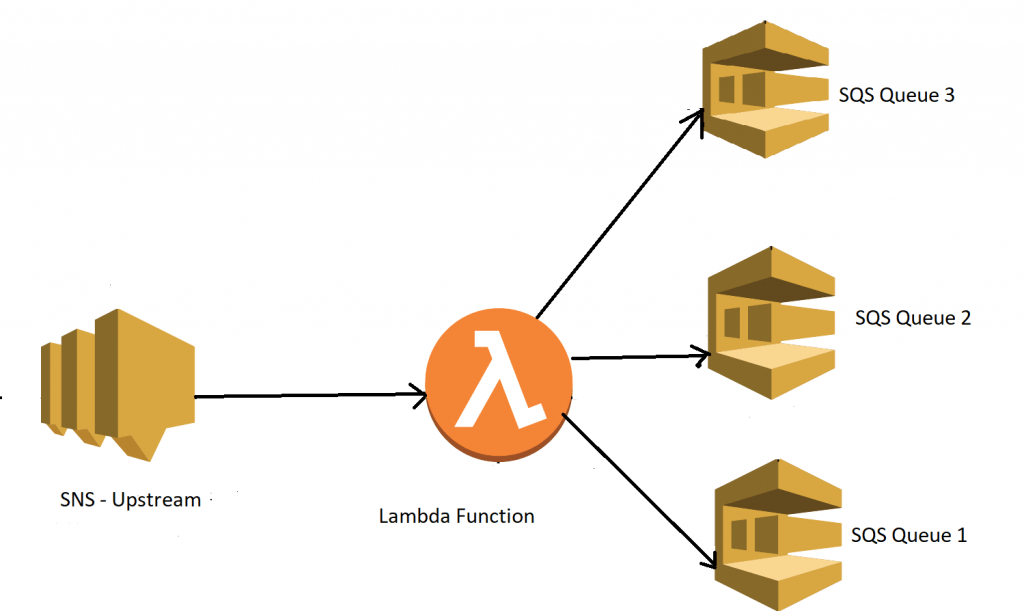
How Amazon SQS works:
Lifecycle of a Message:
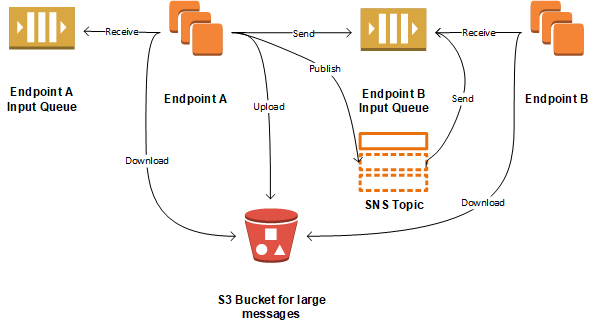
Setting up Amazon SQS:
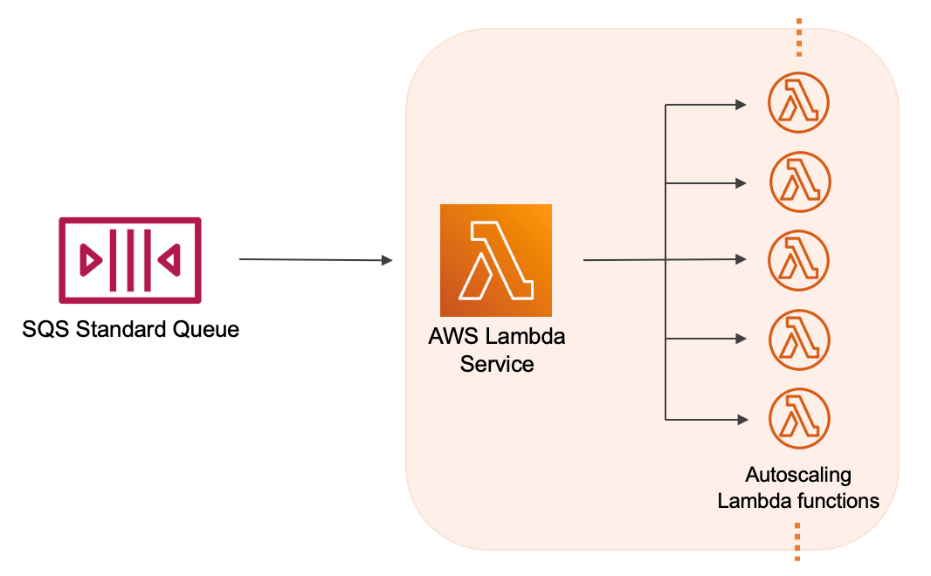
Step 1: Create an AWS account
Step 2: Create an IAM user
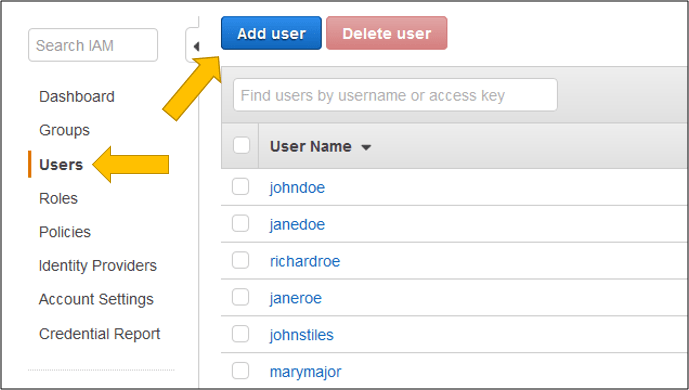
Step 3: Get your access key ID and secret access key
To consider the unique access key pair, select Show. you’ll not have entry to the key access key also after this panel closes. Your certificates will look something like this:
Access key ID: AKIAIOSFODNN7EXAMPLE
Secret access key: wJalrXUtnFEMI/K7MDENG/bPxRfiCYEXAMPLEKEY
To download the essential team, select Download .csv file. Store the keys in a secure location. You’ll not have access to the key access key again after this panel closes.
Keep the keys confidential to guard your AWS account and never email them. don’t share them outside your organization, albeit an inquiry appears to return from AWS or Amazon.com. nobody who legitimately represents Amazon will ever ask you for your secret key. After you download the .csv file, choose Close. once you create an access key, the key pair is active by default, and you’ll use the pair directly.
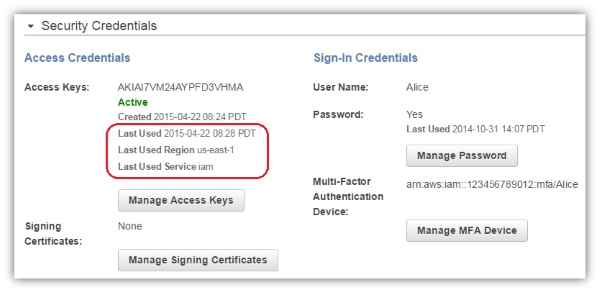
Step 4: prepare to use the instance code
This guide includes examples that use the AWS SDK for Java. To run the instance code, follow the set-up instructions in Getting Started with AWS SDK for Java 2.0.
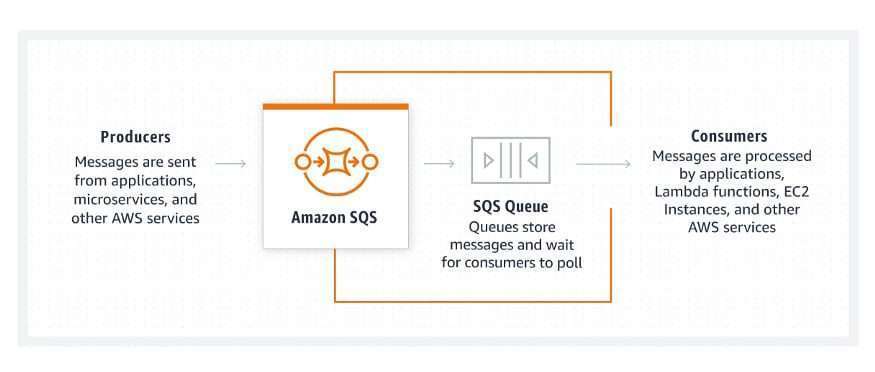
Configuring Amazon SQS queues (console):
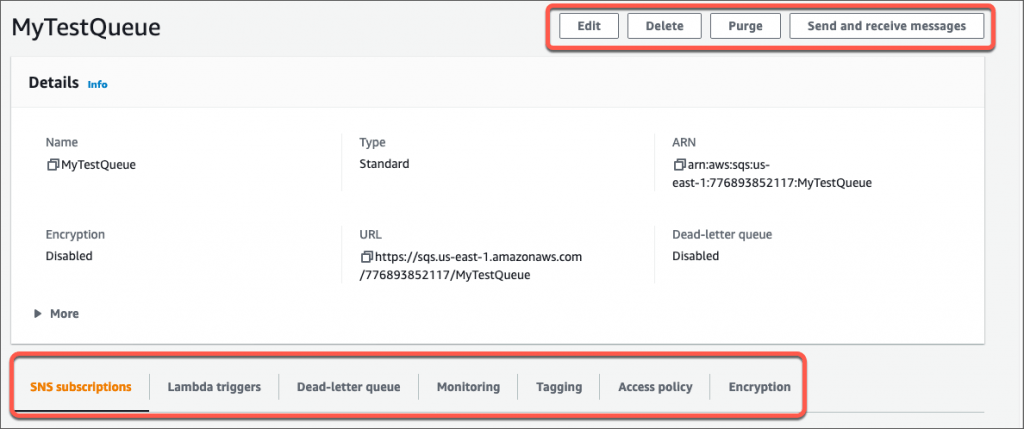
Basic Amazon SQS architecture:
This area summarizes the components of a distributed messaging system and describes the lifecycle of an Amazon SQS message.
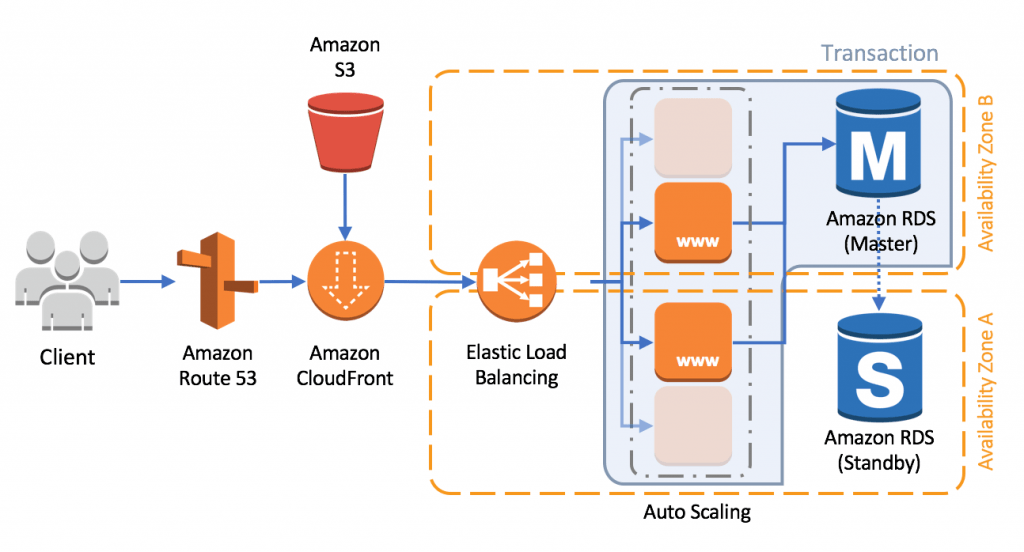
Distributed queues
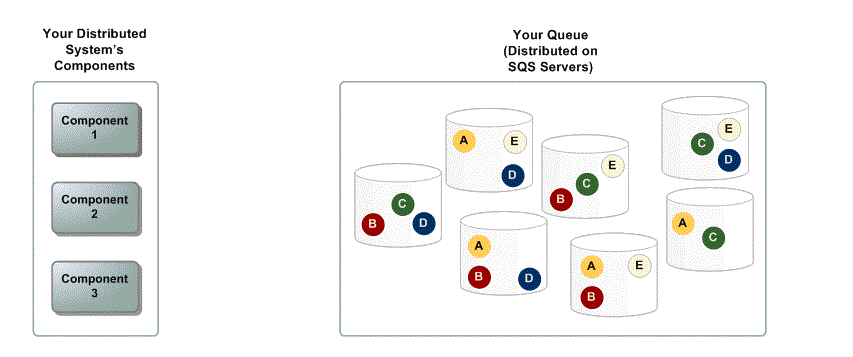
Message lifecycle
The following scenario describes the lifecycle of an Amazon SQS message during a queue, from creation to deletion.
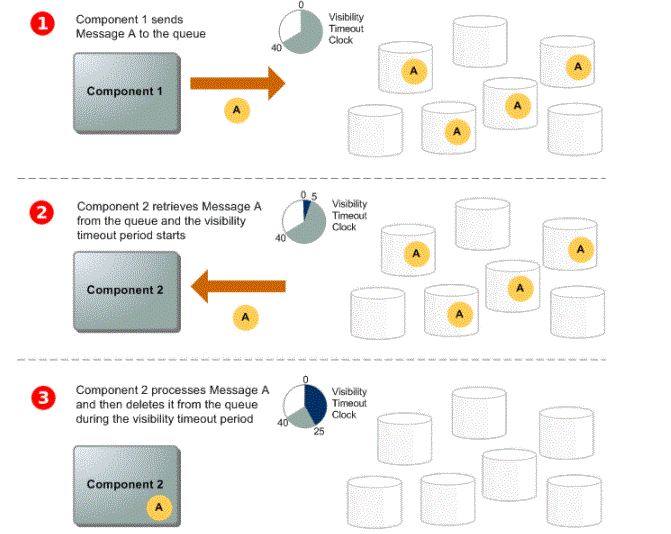
Features of Amazon SQS:
No Data Loss
SQS ensures that the messages sent aren’t lost and secure. Hence, it keeps them on numerous traditional queues.
Confidential data
SSE (server-side encryption) allows the transmission of highly confidential and sensitive data by protectively to the messages present within the queues with the assistance of Amazon’s key management service
Each Request is handled independently
In SQS, every buffered request is processed unassisted ie. each request is scaled transparently to address the rise in freight with no clear education.
Message Locking
SQS locks the user messages when it’s being processed in the order that various producers can send messages to varied receivers and receivers could receive messages from multiple recipients at an equivalent time.
Two queue types
Amazon SQS offers two sorts of queues – standard and FIFO queues for various application requirements.
Unlimited queues and messages
A user can create unlimited SQS queues processing a vast number of messages in any region.
Payload size
Messages payloads are often of a maximum 256Kb size in any format. Each 64KB of a payload is taken into account as 1 request, hence, one API call with 256KB payload is taken into account as 4 requests. If a user desires to send a message containing a size larger than 256KB, he can use Amazon SQS’s comprehensive client library for Java.
Amazon SQS Pricing
For the primary 1 million, monthly requests are free. But then, the user is going to be charged which can vary depending upon the region. For eg. for the area, US (east), Amazon SQS pricing is as shadows.
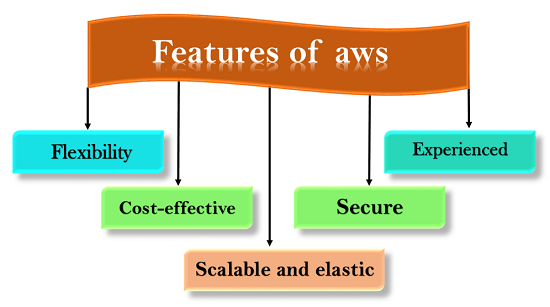
SNS Vs SQS
Amazon SNS (Simple Notification Service) may be a fast and versatile push notification service that permits a user to send messages to an outsized number of mobile users, email recipients, and also other distributed services. Amazon SQS may be a distributed queuing system where messages aren’t pushed but receivers need to poll SQS to receive messages.
SNS SQS
When it involves creating a message-based cloud application having distributed architecture, AWS offers two options – the Kinesis stream and therefore the SQS queue. Which one to settle on – SQS or Kinesis? Both the technologies seem similar but they need vastly different use cases. Kinesis is meant to manage and process real-time continuous data streams whereas SQS makes it easy to decouple and scale serverless applications, microservices, and distributed systems.
Benefits of using Amazon SQS:
Security – You control who can send messages to and receive messages from an Amazon SQS queue. Server-side encryption (SSE) allows you to transmit sensitive data by protecting the contents of messages in queues using keys managed in AWS Key Management Service (AWS KMS).
Durability – For the security of your messages, Amazon SQS stores them on multiple servers. Standard queues support at-least-once message delivery, and FIFO queues support exactly-once message processing.
Availability – Amazon SQS uses redundant infrastructure to supply highly-concurrent access to messages and high availability for producing and consuming messages.
Scalability – Amazon SQS can process each softened demand independently, scaling transparently to take any load additions or spikes with no provisioning education.
Reliability – Amazon SQS locks your messages during processing so that multiple producers can send and multiple consumers can receive messages at an equivalent time.
Customization – Your queues do not have to be exactly alike—for example, you’ll set a default delay on a queue. you’ll store the contents of messages larger than 256 KB using Amazon Simple Storage Service (Amazon S3) or Amazon DynamoDB, with Amazon SQS holding a pointer to the Amazon S3 object, otherwise, you can split an outsized message into smaller messages.
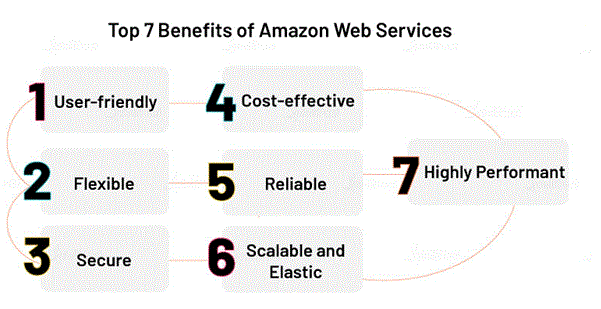
Distinctions between Amazon SQS, Amazon MQ, and Amazon SNS:
Amazon SQS and Amazon SNS are line and topic benefits that are positively scalable, simple to use, and do not need you to line up message brokers. We suggest these services for trademark spanking new applications which will want nearly limitless scalability and straightforward APIs. Amazon MQ may be a managed message broker service that gives compatibility with many popular message brokers. We recommend Amazon MQ for migrating applications from existing message brokers that believe in compatibility with APIs like JMS or protocols like AMQP, MQTT, OpenWire, and STOMP.
Queue types
The following table describes the capabilities of ordinary queues and FIFO queues.
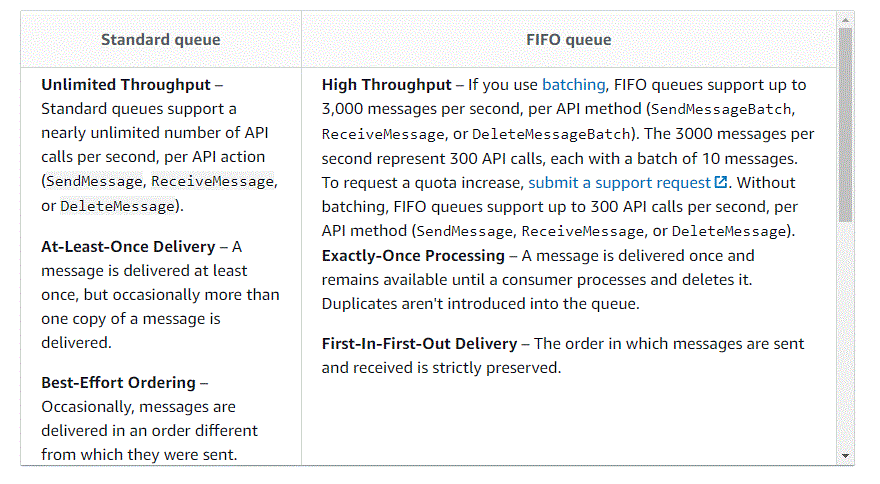
Pricing for Amazon SQS:
Amazon SQS has no upfront costs. the primary million monthly requests are free. then, you pay to support the amount and content of requests, and therefore the interactions with Amazon S3 and the AWS Key Management Service.
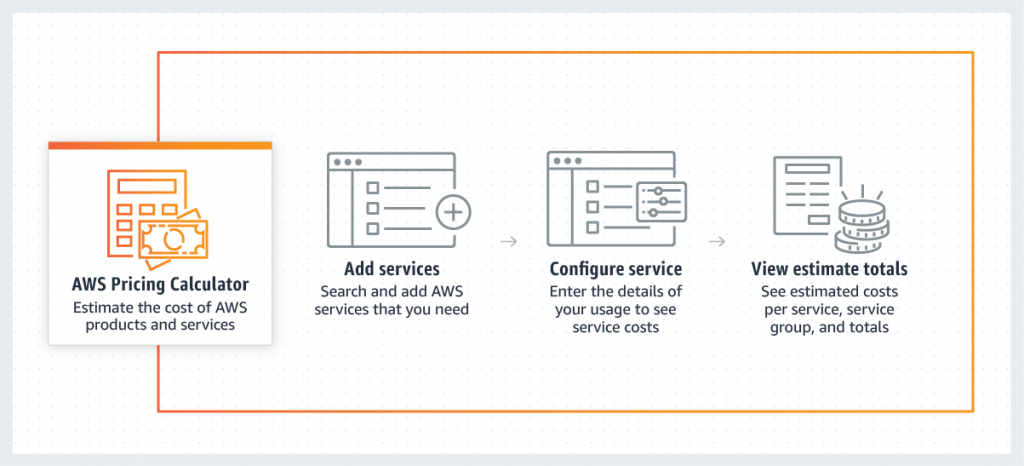
Conclusion:
Hopefully, this easy walkthrough has helped you discover out what’s Amazon SQS and the way it fulfills the queuing needs in software architecture. allow us to skills did you wish this AWS SQS tutorial article and comment down if you’ve got any queries regarding Amazon SQS.


